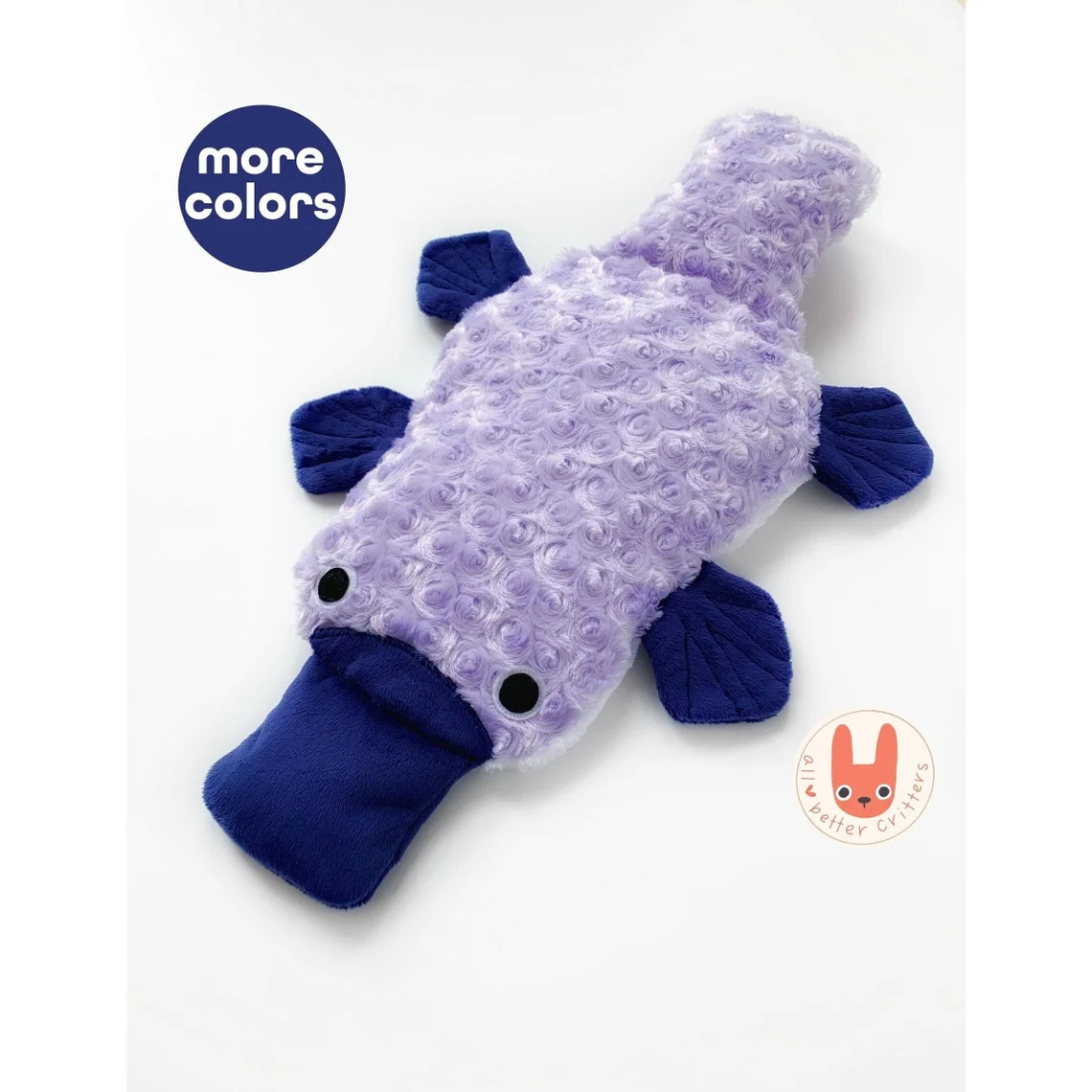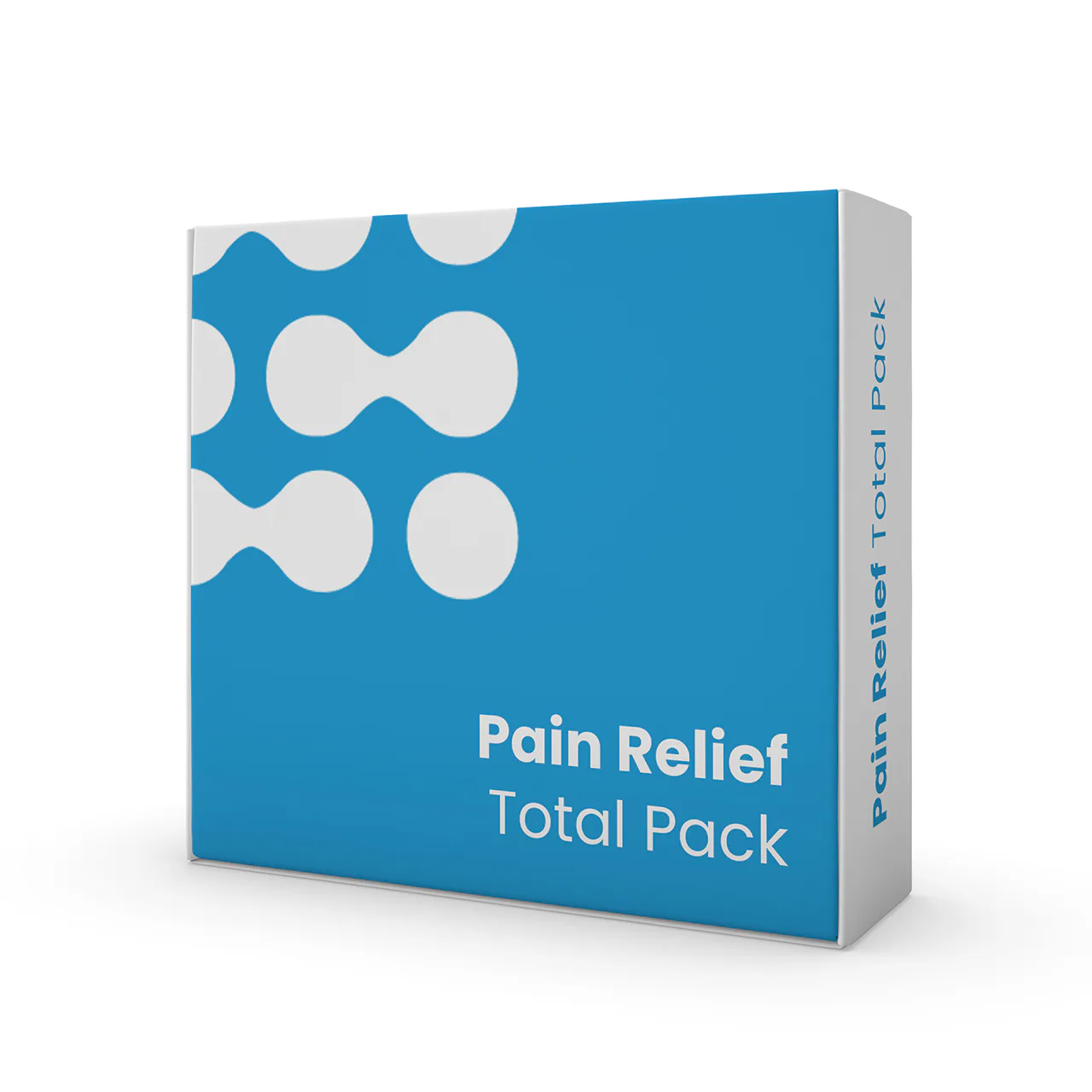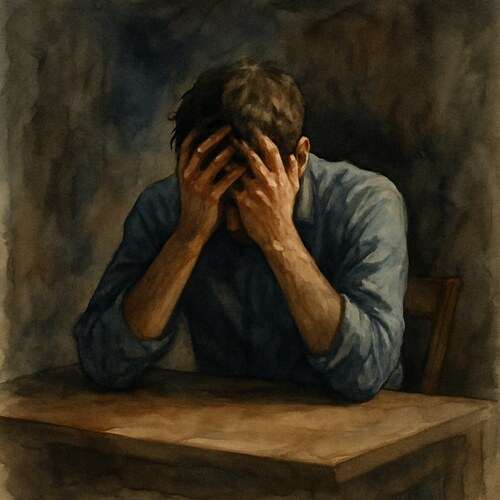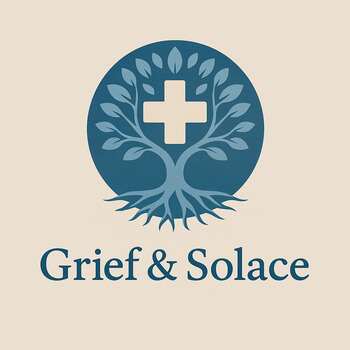Grieving Juvenile Arthritis: When Childhood Is Stolen by Pain
Grief with juvenile arthritis lives in the small moments, watching a child trade playgrounds for doctor’s offices and laughter for wincing steps.
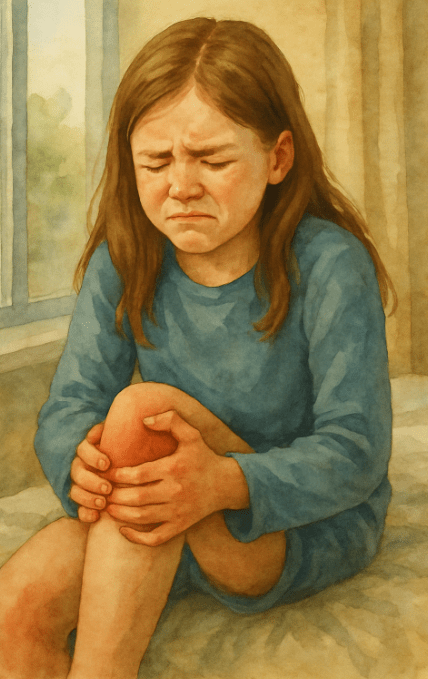
This post blends real grief with grounded knowledge. It isn’t clinical. It isn’t distant. It’s meant to sit beside you—not above you. The story you’ll read is meant to reflect what so many feel when living through or witnessing this condition: confusion, exhaustion, and quiet forms of courage.
If what you read feels familiar, please speak with your doctor. Your pain deserves more than silence.
She Carried More Pain Than Her Little Shoulders Should Have Known
She never uttered the word “pain.” Not once.
Not when she limped down the hallway in the morning. Not when she struggled to open her juice box. Not even when her knees swelled as if something angry lived inside them.
She simply adapted. Moved more slowly. Gripped things tighter. Took longer to get dressed and stopped climbing the jungle gym at recess. She didn’t complain—she just adjusted, as if her body’s betrayal was not something she wished to make a big deal about.
We thought it was just growing pains. Kids limp. Kids fall. Kids have “off” days.
🧠 Symptoms:
– Limping (especially in the morning or after naps)
– Joint swelling (often knees or larger joints)
– Morning stiffness or clumsiness
– Fever, rash, or swollen lymph nodes (especially systemic type)
– Affected joints may be warm, tender, or red
– Symptom variability—may affect one or many joints
– Periods of symptom flare-up and remission
subtypes:
– Systemic: affects many joints, may include fever and rash
– Oligoarticular: affects four or fewer joints
– Polyarticular: affects five or more joints
But then those “off” days started to string together. And one morning, she couldn’t straighten her fingers. They curled against her palms as if trying to protect her from something deep within herself.
The doctor diagnosed her with Juvenile Idiopathic Arthritis, JIA. An autoimmune disorder. Her body was attacking itself without cause, without warning, without fairness.
She was six.
Suddenly, our world became a calendar filled with appointments: rheumatology, physical therapy, ophthalmology, because the disease could take her sight too, even if her eyes didn’t hurt yet.
She began medication. Small doses that gradually increased. Shots that made her flinch, even when she tried to be brave.
We bought heating pads shaped like teddy bears and pill organizers adorned with smiley faces. We learned to read her stiffness in how she sat, how she hesitated before stepping into the bathtub, and how her energy dimmed halfway through the day.
Complications:
– Eye inflammation (uveitis): may lead to cataracts, glaucoma, or blindness if untreated
– Growth issues due to inflammation or corticosteroid use
– Joint damage or deformities
– Bone loss or osteoporosis
– Reduced school attendance or social withdrawal
Causes:
– Autoimmune response where the immune system attacks healthy joint tissues
– Precise cause unknown—likely a mix of genetics and environmental triggers
And still…still…she smiled. She drew pictures of ballerinas, even if she couldn’t stand on one foot for long. She built towers of blocks, even if her fingers trembled. She asked me if I was okay when I looked tired.
She carried her pain like a secret, not because she wanted to be strong, but because she didn’t want to be a burden.
That’s what wrecked me the most. Not the flares, not the swollen joints, not even the fear of long-term damage.
It was the way my little girl tried to comfort me through her own suffering.
Now, we’ve built a rhythm: morning stretches, medication, frequent eye exams. We make space for the hard days and celebrate the good ones as if they were birthdays.
She doesn’t dance yet, but she wants to. And some days, wanting is enough.
Most people don’t understand. They see her smile and assume the worst is behind her. But her strength isn’t in pretending she’s fine; it’s in showing up anyway. Every day. One step at a time.
Risk Factors:
– Female sex (some types more common in girls)
– Family history of autoimmune or rheumatologic disease
– Exposure to infections or stress that may trigger immune activation
Her joints were the first to stiffen, but it was her gentleness that taught us how to move through pain without becoming hard.
📘 Diagnosis & Treatment
diagnosis:
– Clinical evaluation of symptoms lasting more than 6 weeks
– Blood tests:
– ESR (inflammation)
– C-reactive protein (inflammation)
– Antinuclear antibodies (risk of eye issues)
– Rheumatoid factor (for specific subtypes)
– CCP antibodies
– Imaging (X-ray, MRI): to rule out other conditions and monitor joint health
– Exclusion of infections, fractures, or congenital bone conditions
treatment:
medications:
– NSAIDs (ibuprofen, naproxen) for pain and inflammation
– DMARDs (methotrexate): slows disease progression
– Biologics (etanercept, adalimumab, infliximab): block specific immune pathways
– Corticosteroids: for flares or systemic inflammation, used short-term
therapies:
– Physical therapy: maintain strength and range of motion
– Occupational therapy: assist with daily tasks and joint protection
– Splints or joint supports as needed
Surgery:
– Rarely needed—used for severe damage or joint correction
lifestyle:
– Regular low-impact exercise (e.g., swimming)
– Heat (or sometimes cold) therapy to ease stiffness
– Balanced diet with adequate calcium and vitamin D
– Encourage age-appropriate activities and participation
– Avoid physical inactivity that may worsen symptoms
Coping and support:
– Normalize routines and expectations
– Allow emotional expression and provide psychological support
– Coordinate with school staff for accommodations
– Encourage peer interaction and avoid overprotection
– Educate siblings and extended family
I know this is heavy, and I understand that the road ahead may feel like a tangle of loss and unanswered questions. But please hear this: you are not broken because you are hurting; you are not weak because you are afraid. You are living through something real, and survival itself is a kind of grace. You are allowed to struggle, you are allowed to hope, and you are allowed to not have all the answers today. Whatever comes next, you do not face it empty-handed; you carry every moment of love that shaped you, and that will always be enough to keep going.
🎀 Gifts to help With Juvenile Arthritis
🏥 Everyday Comforts for Everyday Battles
Managing Juvenile Arthritis often means needing a little extra help.
Sometimes it’s about restoring dignity, ease, or simply getting through the day with less pain.
These carefully chosen tools aren’t just items; they’re small bridges back to living.
This section is about finding practical support, never shame.
Heated Plush Platypus Wrap – Because Joint Pain Shouldn’t Cancel Cuteness
Juvenile arthritis makes childhood feel older than it should—but this hand-crafted, microwavable platypus doesn’t just warm joints. It warms the whole damn soul. Weighted, washable, and utterly absurd in the best way, it brings comfort and a tiny bit of joy to the worst flare days. Pain is serious. But comfort doesn’t have to be boring.
🌿 Paths to Healing Beyond the Map
Sometimes traditional medicine isn’t enough.
If you’re exploring gentle, alternative options to help with Juvenile Arthritis,
you might find comfort in plant-based compounds like **CBD or CBG**.
*This section is not medical advice, just a door left open.*
USA Medical Pain Relief Total Pack – Gentle Back-Up for Kids Fighting a Grown-Up Pain
Flares don’t just bring pain, they bring exhaustion, mood crashes, and stress on the family. This Total Pack blends CBD with anti-inflammatory herbs and stress-soothing adaptogens to support the body and mind during flare cycles. It’s not a replacement for meds. But it’s a layer of care for kids still learning how to describe what hurts.
Need a Different Path Forward?
Every journey through grief looks different. Choose the next step that speaks to where you are now:
When You're Ready to Start Healing
Healing doesn’t mean forgetting.
It means finding small ways to carry your grief with strength and grace.
These are the stories, tools, and gentle steps to begin walking forward…at your own pace.
When You're Still in the Thick of It
Sometimes healing feels like a lie.
If you’re not ready to move on…if the pain still roars louder than the world wants to hear…this is the place where you’re allowed to feel it.
No sugarcoating. No pretending. Just truth.
When You're Holding on to Who’s Still Here
Grief reminds us to love louder.
If someone you love is still with you, this is your place to celebrate them, honor them, and create new memories while there’s still time.
Joy and sorrow can live side by side.

